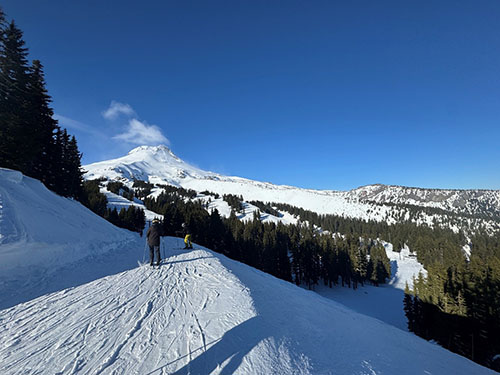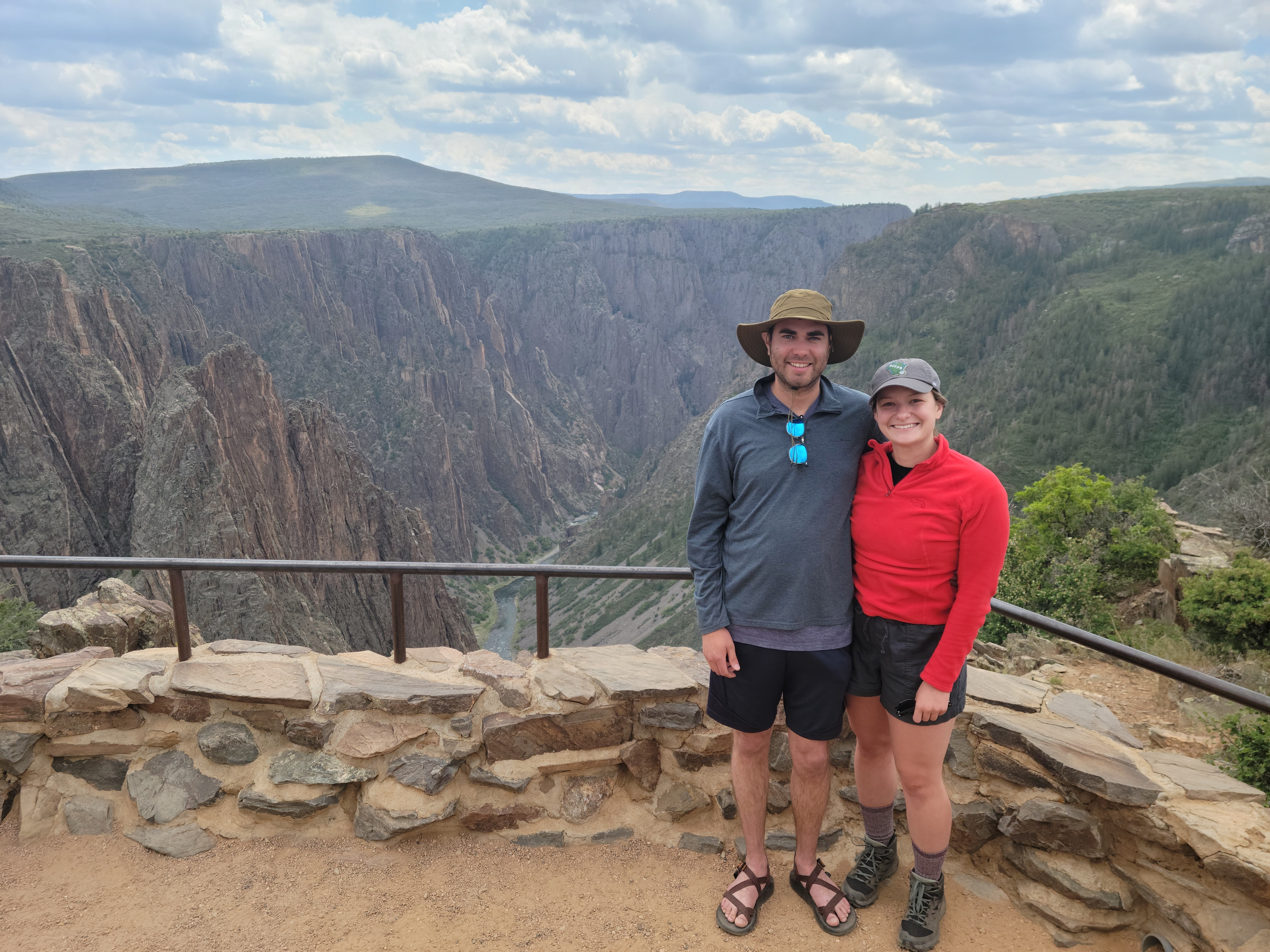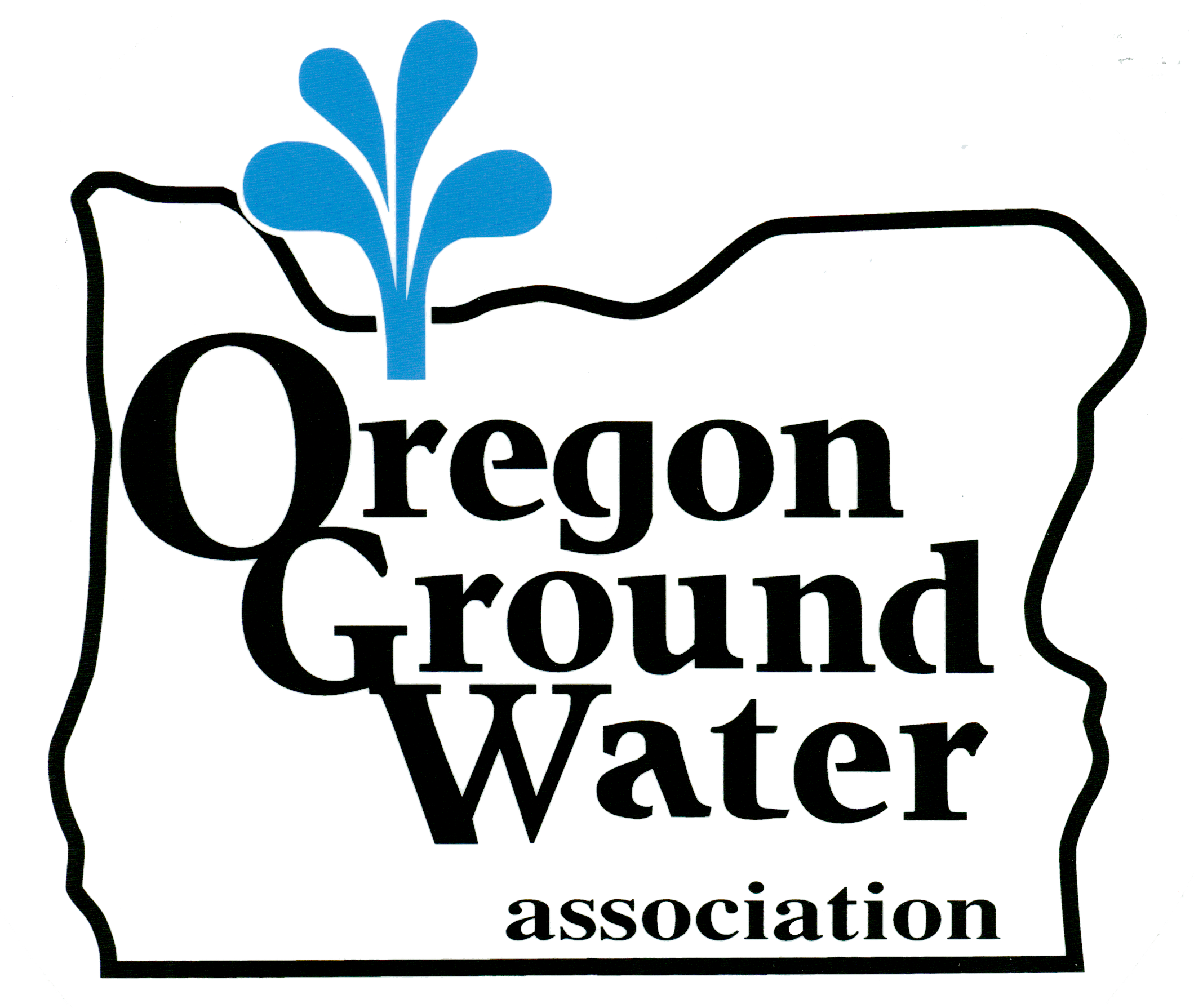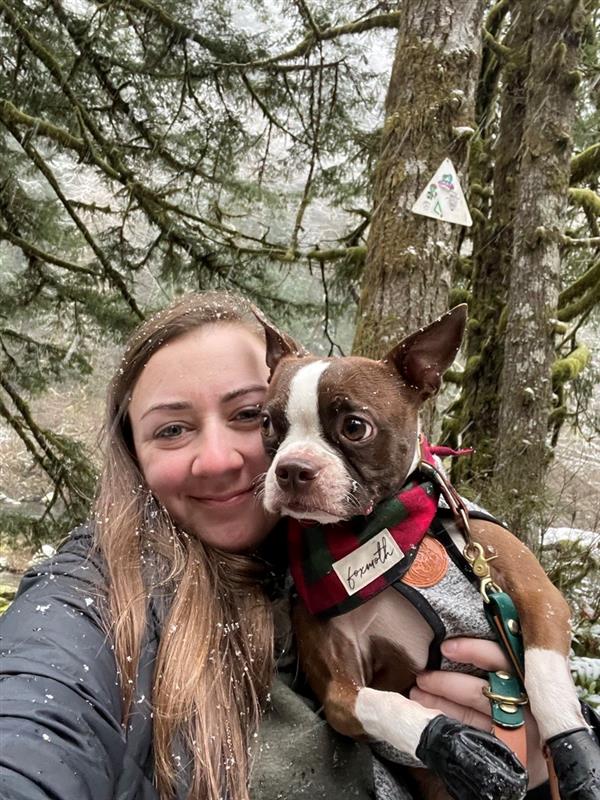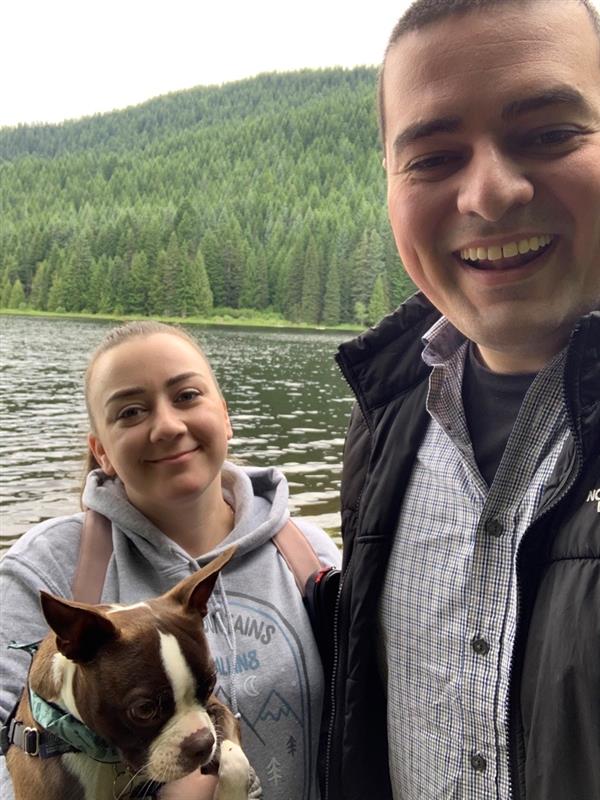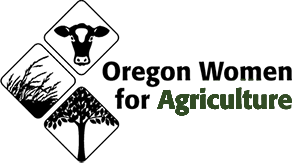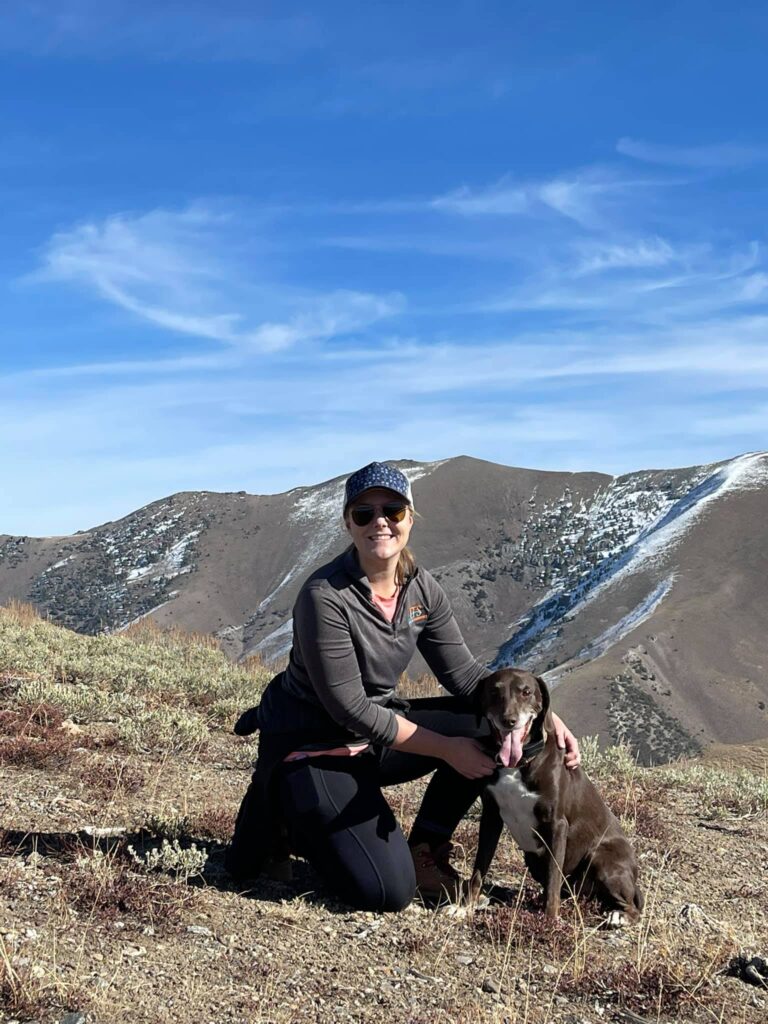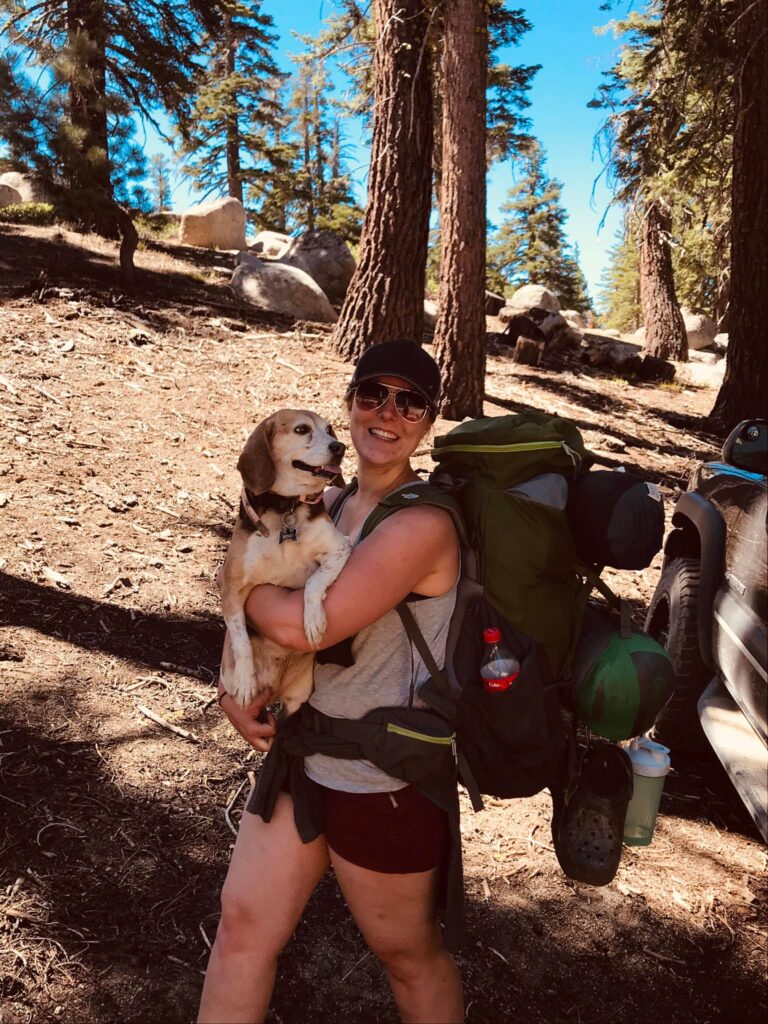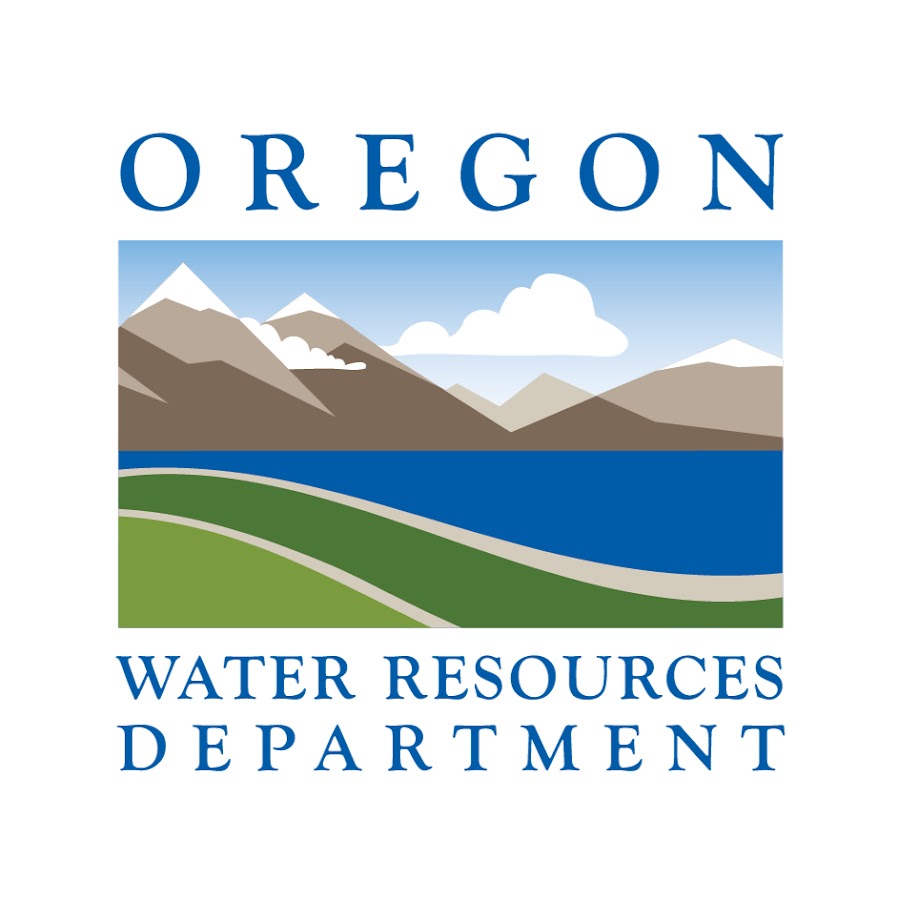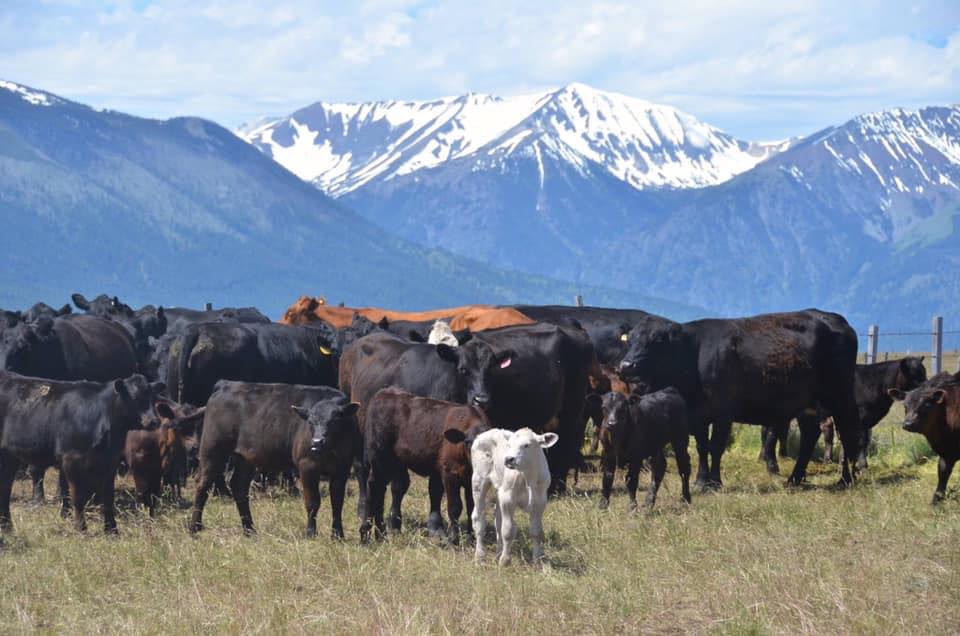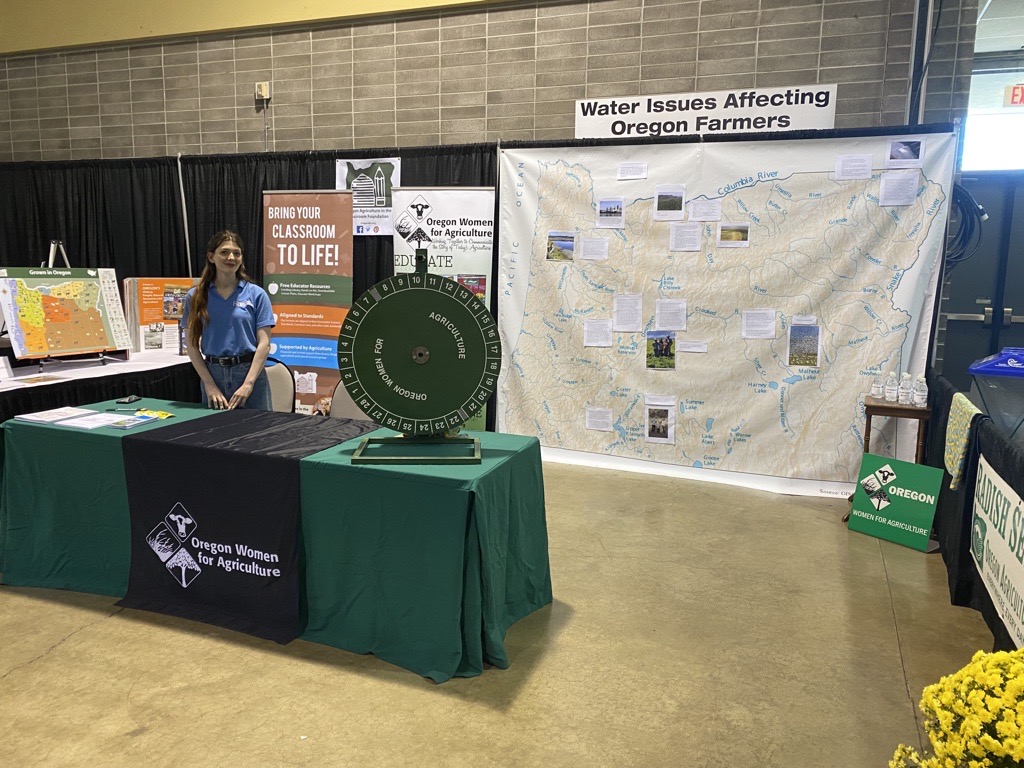The Greater Idaho Movement

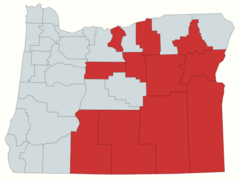
The Greater Idaho Movement is a fascinating and complex effort that has gained traction in recent years. This movement seeks to redraw the state boundaries. Several counties in eastern Oregon would become part of Idaho. The primary motivation behind this movement is the cultural and political differences between the rural, conservative eastern Oregon and the more urban, liberal western part of the state.
Water: A Critical Issue in the Greater Idaho Movement
One of the critical issues at the heart of this movement is water rights. Water is a precious resource in the arid regions of eastern Oregon and Idaho. The management of water rights is crucial for agriculture, industry, and residential use. Water rights in the western United States are governed by the doctrine of prior appropriation, which essentially means “first in time, first in right.” This doctrine has been the foundation of water law in both Oregon and Idaho for over a century. However, the implementation and management of these rights can vary significantly between states.
In Oregon, water rights are managed by the Oregon Water Resources Department (OWRD). The state has a comprehensive water management plan that includes strict regulations on water usage, conservation efforts, and environmental protections. In addition, OWRD has ceded its application processes in large part to the Oregon Department of Fish & Wildlife (ODFW). These regulations can sometimes be viewed as burdensome by farmers and ranchers in eastern Oregon. They feel that their needs are not adequately represented in the state’s policies.
Idaho, on the other hand, has a more fluid approach to water management. The Idaho Department of Water Resources (IDWR) oversees water rights at the State level, but there is generally more local control and flexibility in how water is allocated and used. Additional agencies, such as state fish and wildlife do not oversee or inform IDWR’s work. This approach is often seen as more favorable by those in the agricultural sector, as it allows for more adaptive management practices that can better respond to local conditions.
What if the Greater Idaho Movement Succeeds?
If the Greater Idaho Movement were to succeed, the counties that join Idaho would transition from Oregon’s water management system to Idaho’s. This shift could have several implications:
- Regulatory Changes: Farmers and ranchers in these counties might experience a reduction in regulatory burdens, allowing for more flexible water usage. This could lead to increased agricultural productivity and economic benefits for the region.
- Water Allocation: The change in state governance could also impact how water is allocated among different users. Idaho’s system might provide more opportunities for local stakeholders to influence water management decisions. That could lead to more equitable distribution of water resources.
- Environmental Concerns: While the transition might benefit agricultural users, there could be concerns about the environmental impacts of less stringent water regulations. A critical challenge will be ensuring that water usage remains sustainable and that ecosystems are protected.
- Interstate Water Compacts: The movement could also affect existing interstate water compacts and agreements. These legal agreements govern the allocation of water from shared rivers and aquifers between states. Any changes in state boundaries would require renegotiation of these compacts to ensure fair distribution of water resources.
Conclusion
The Greater Idaho Movement is more than just a political and cultural shift. It has significant implications for water rights and resource management. As the movement continues to evolve, it will be essential to carefully consider how these changes will impact the people and ecosystems that depend on water in this region. Balancing the needs of agricultural users with environmental sustainability will be key to ensuring a prosperous future for all involved.
Schroeder Law Offices works with clients in both Idaho and Oregon as well as Nevada, Washington and Utah.



